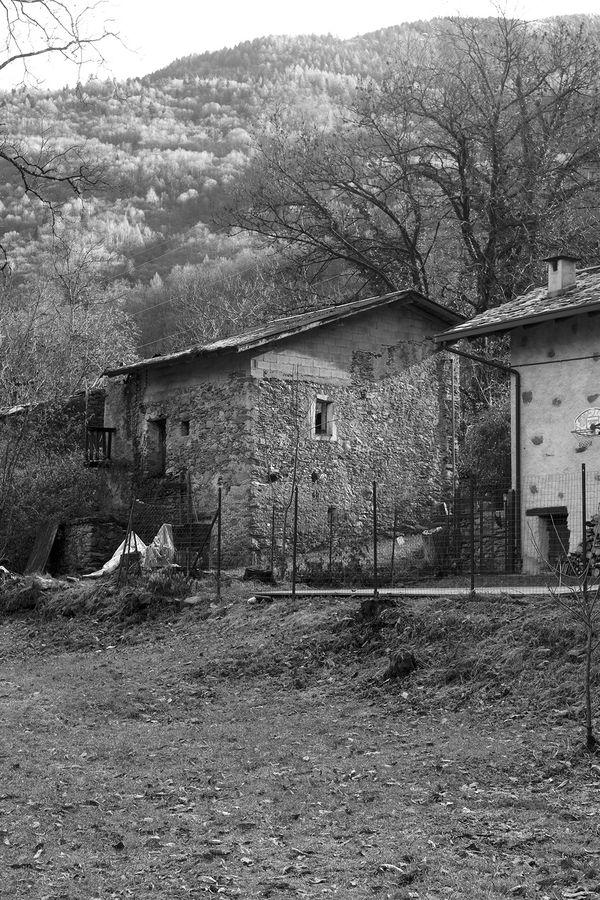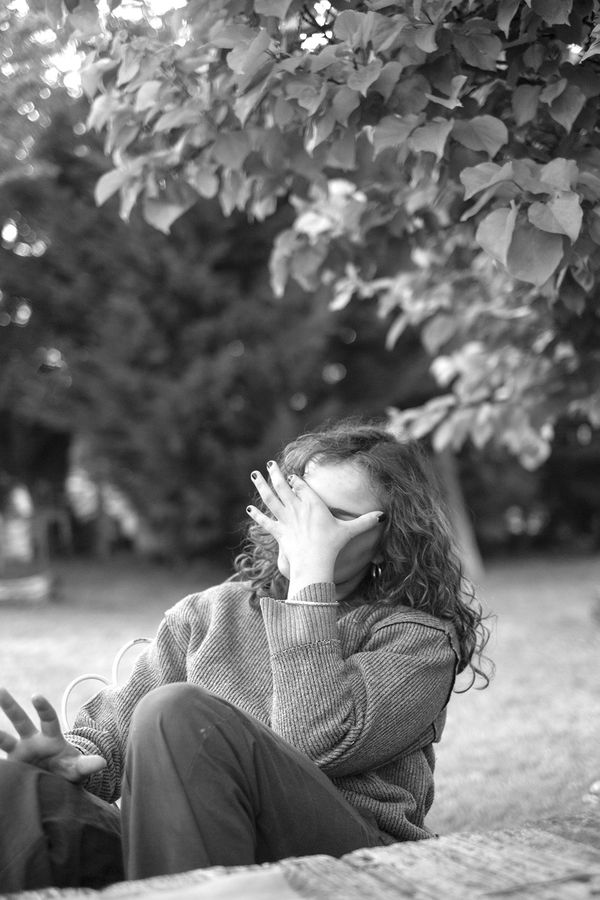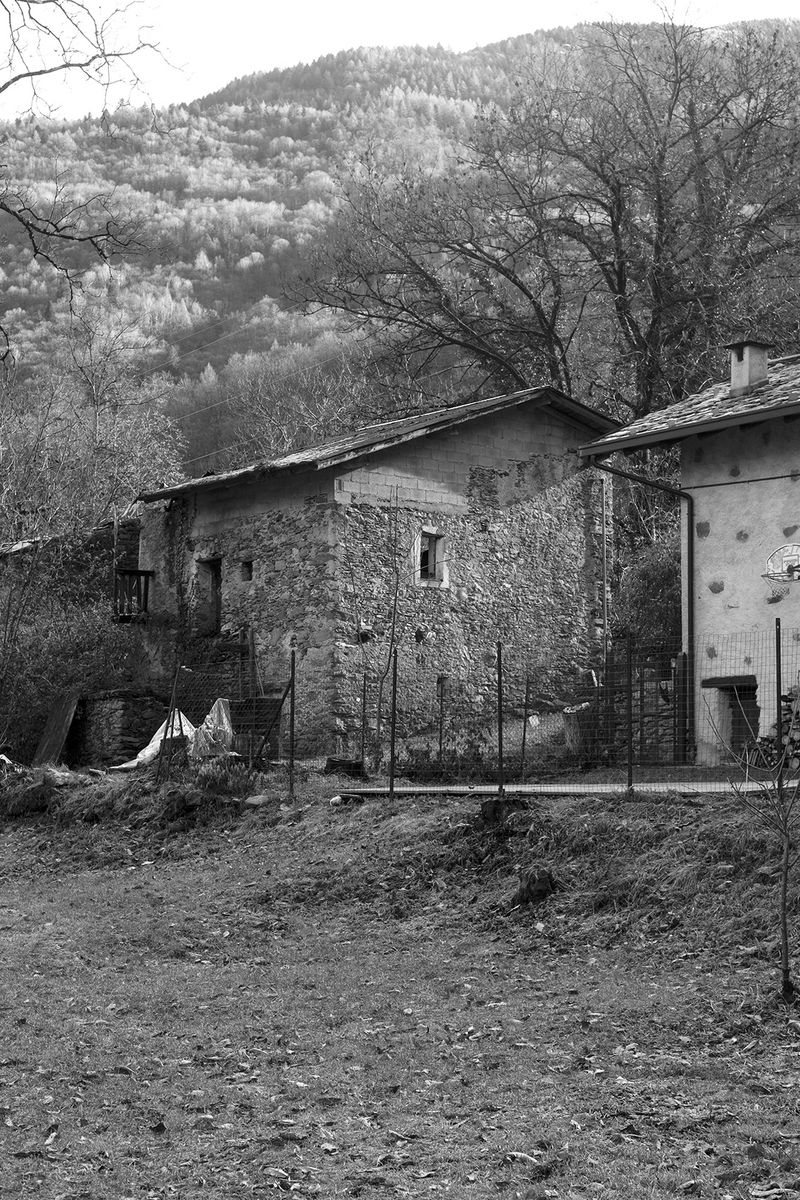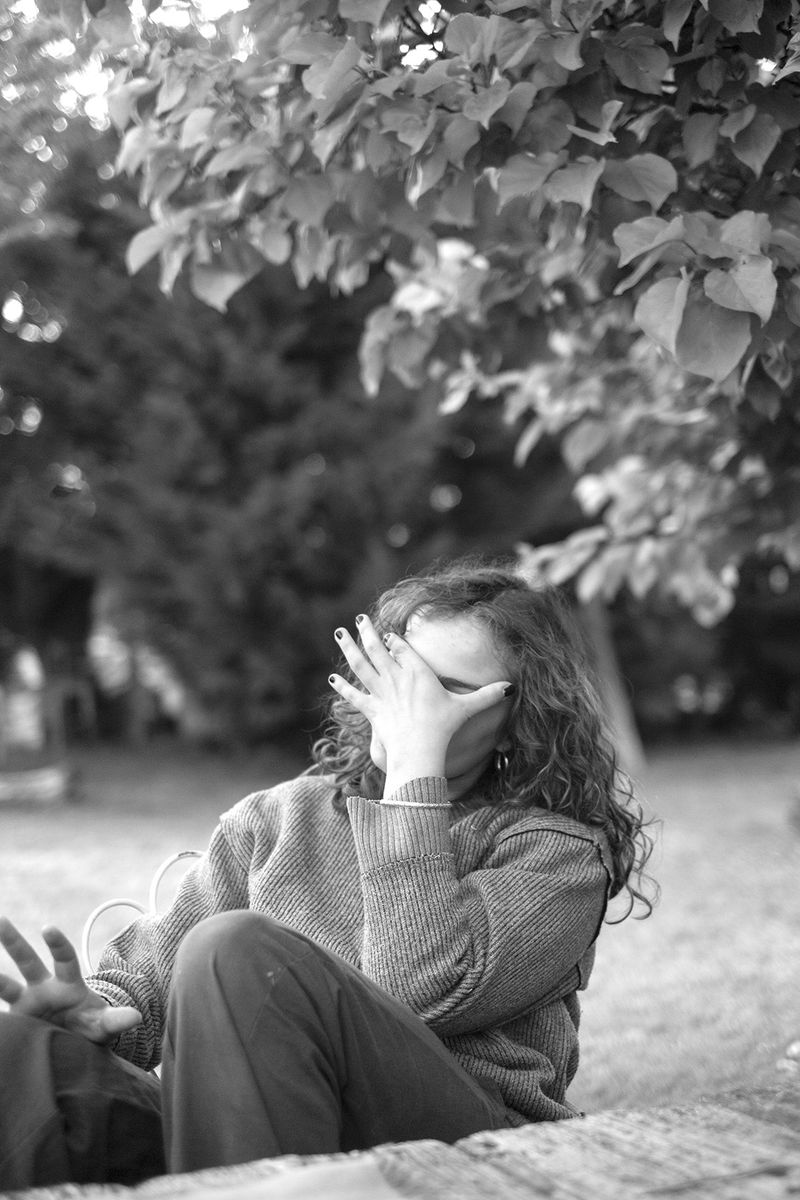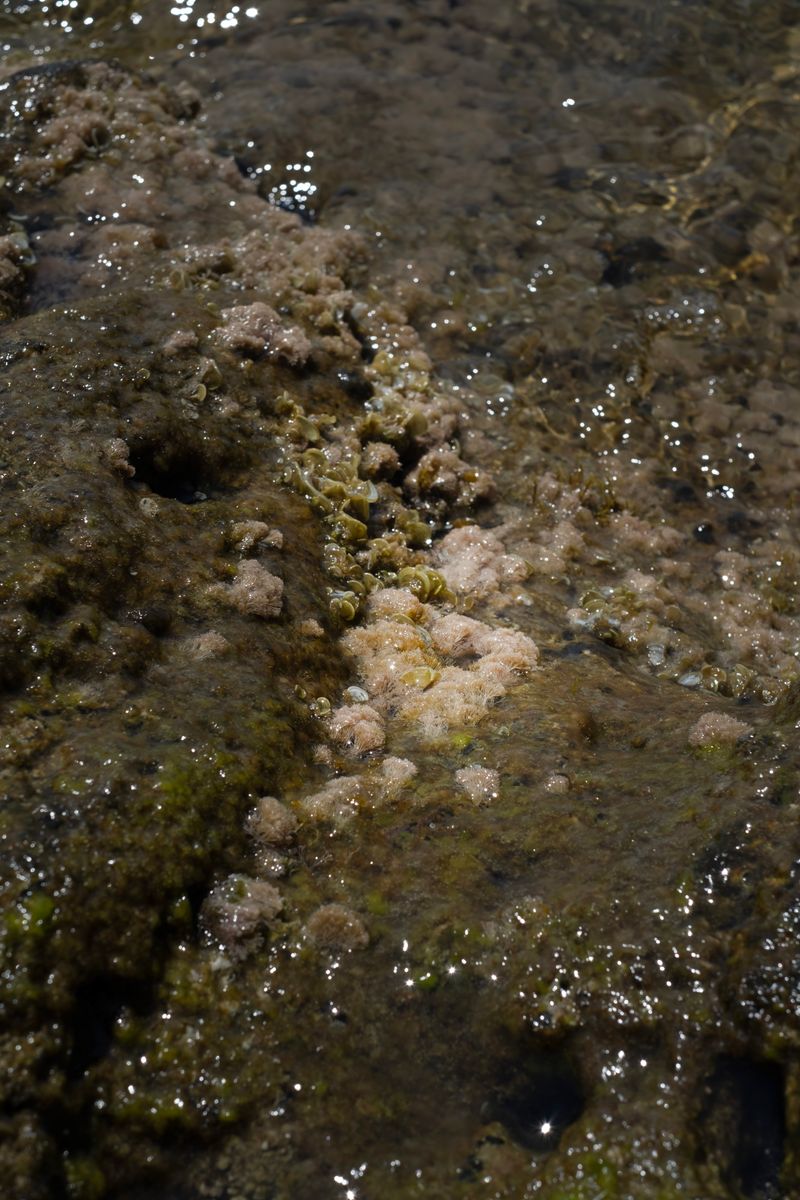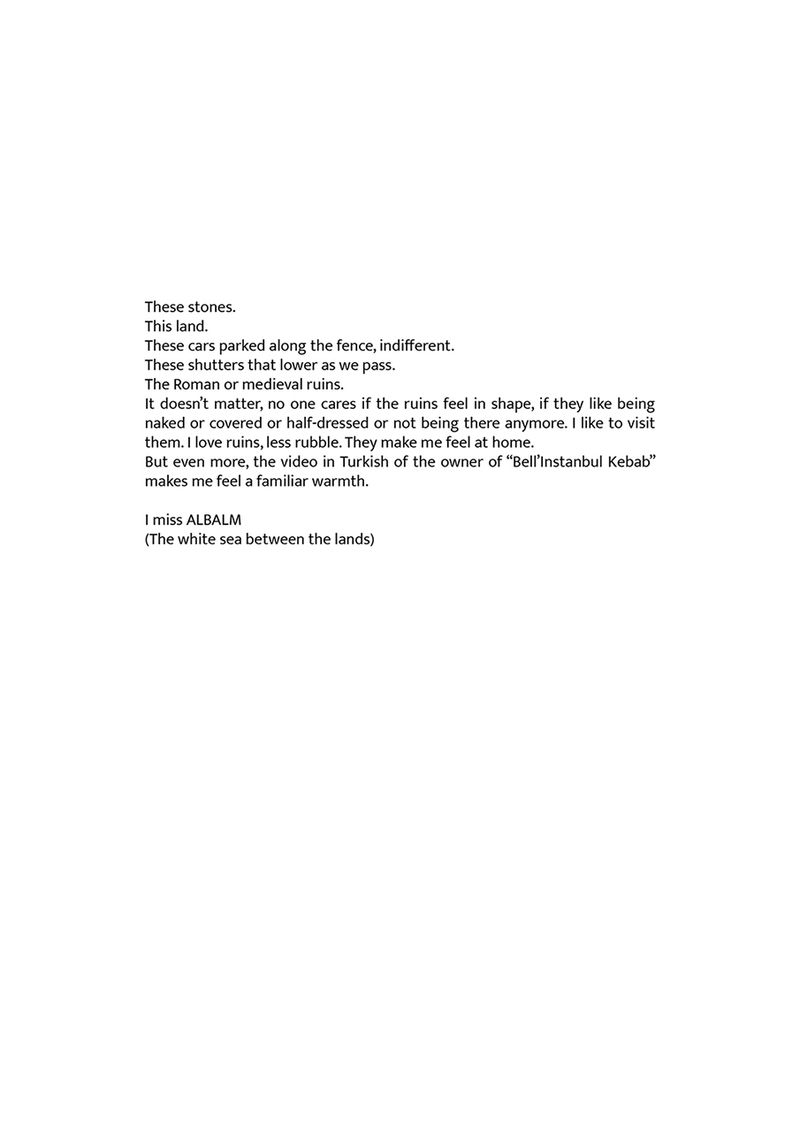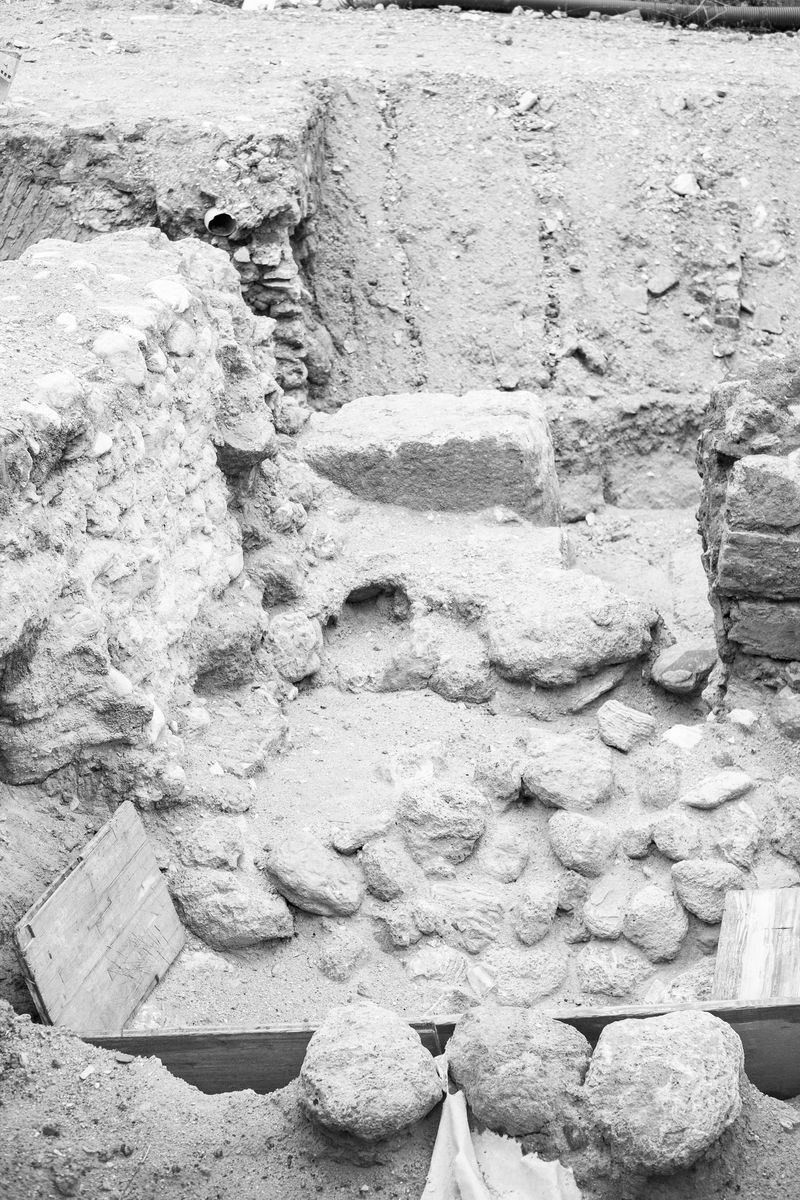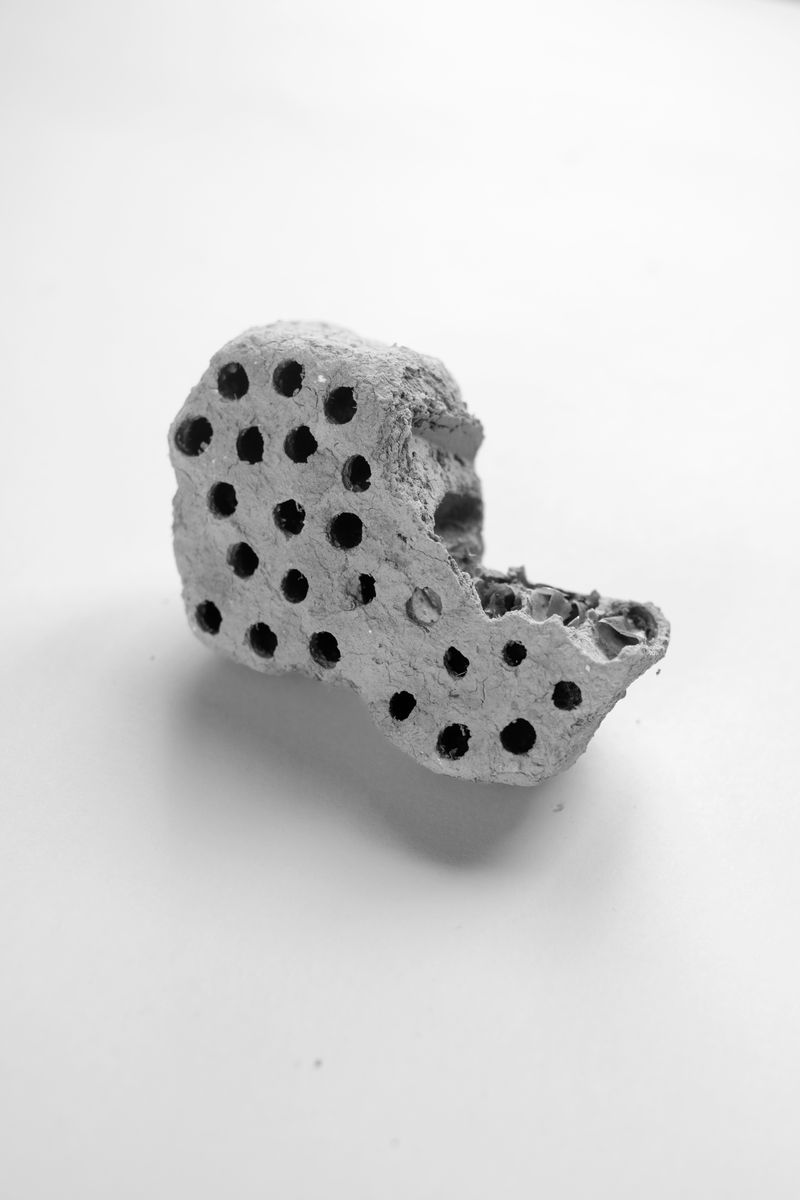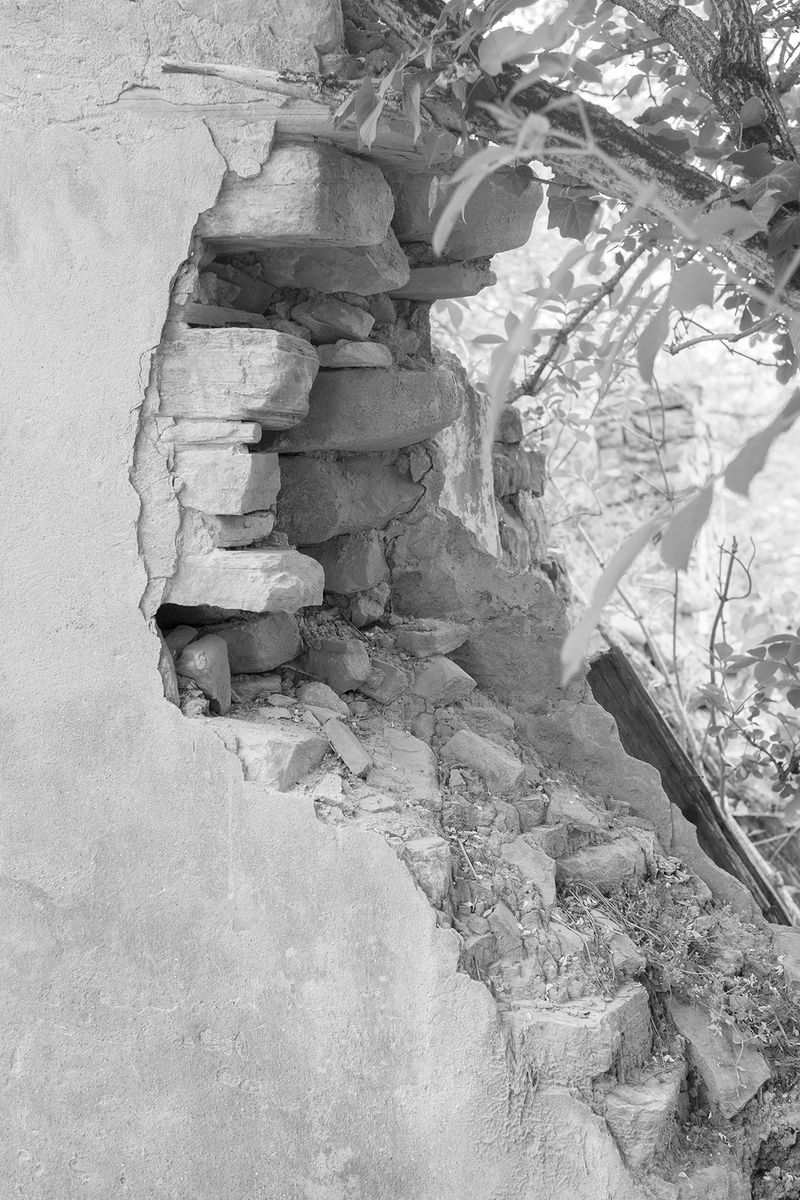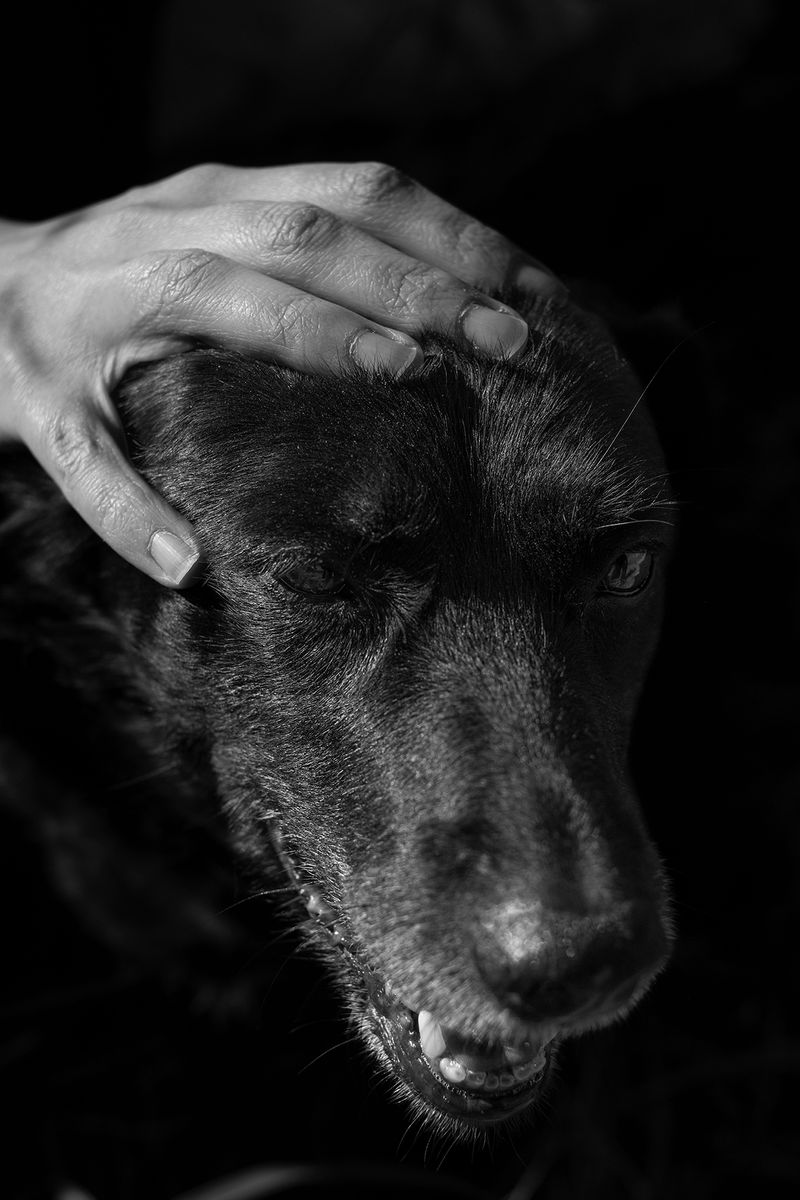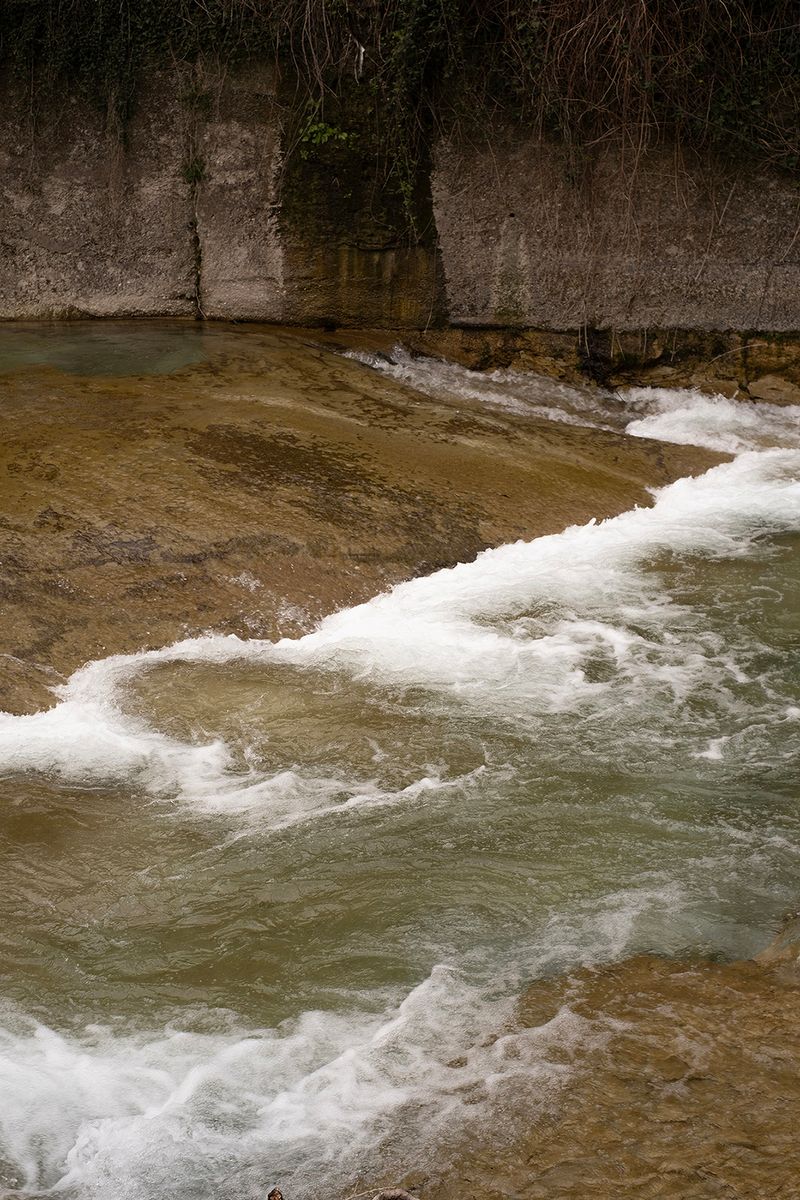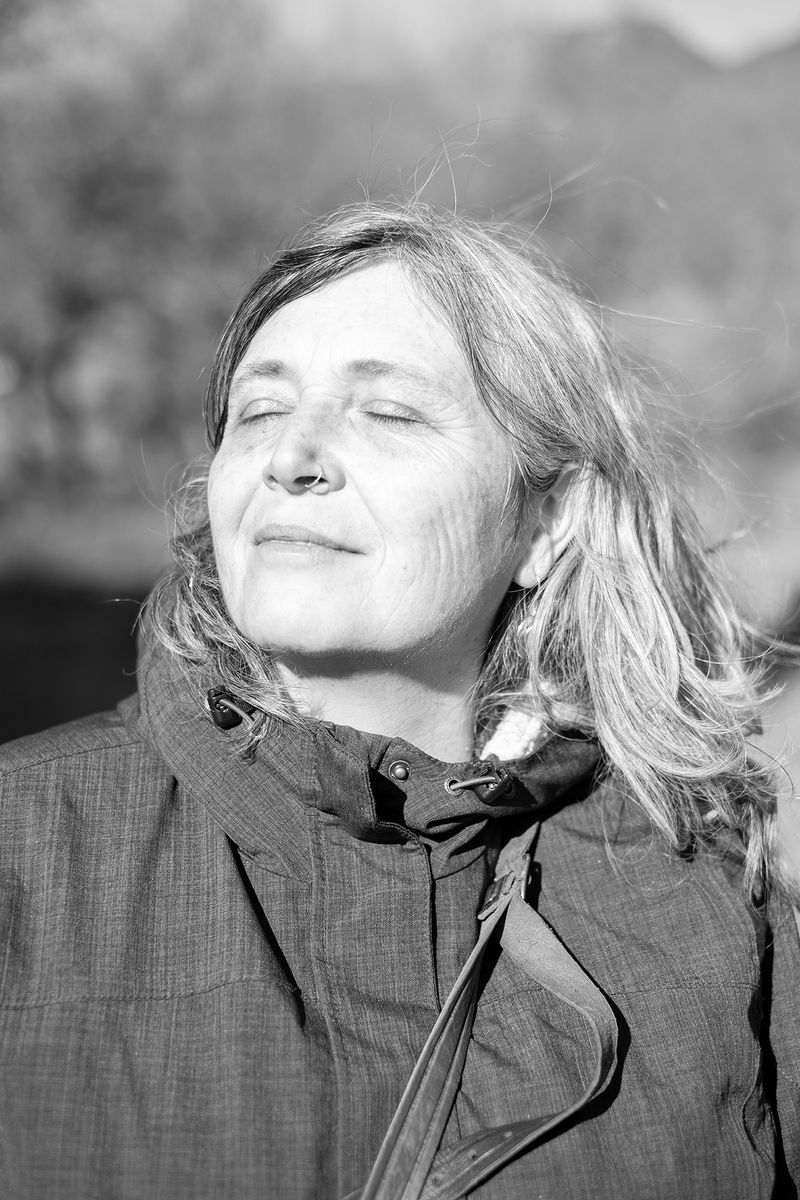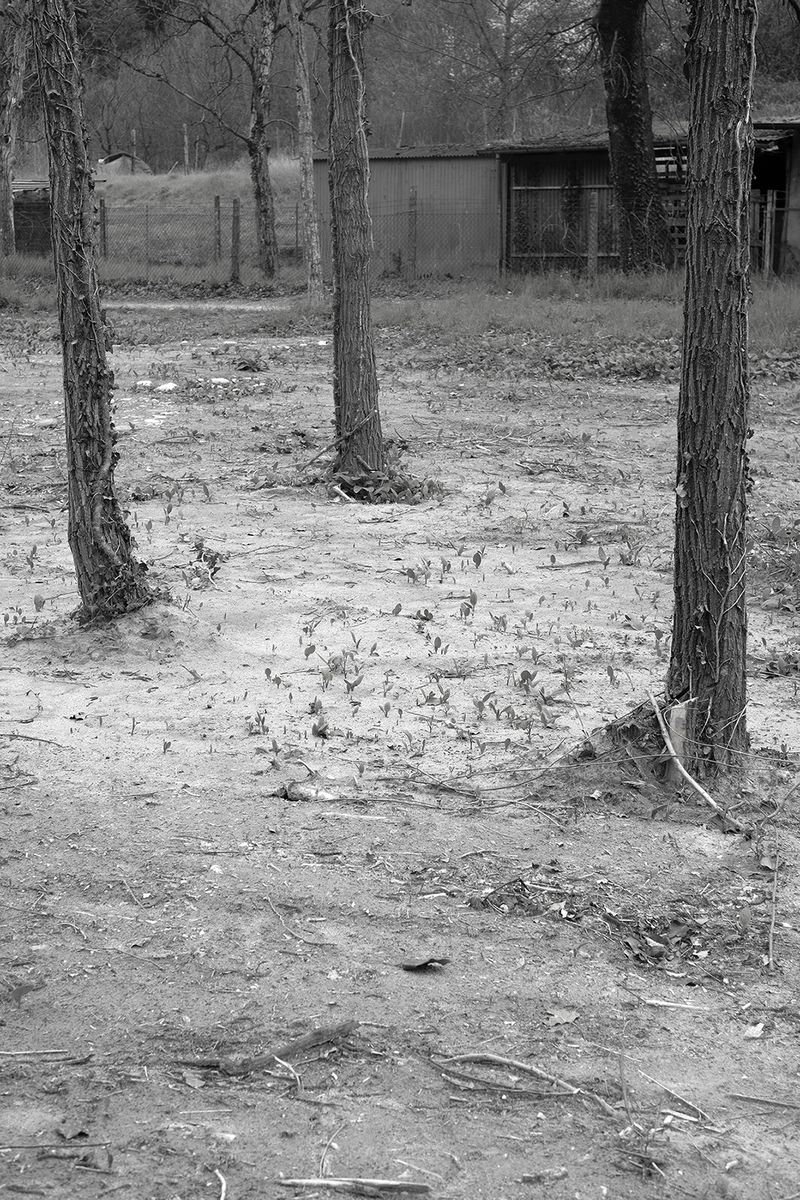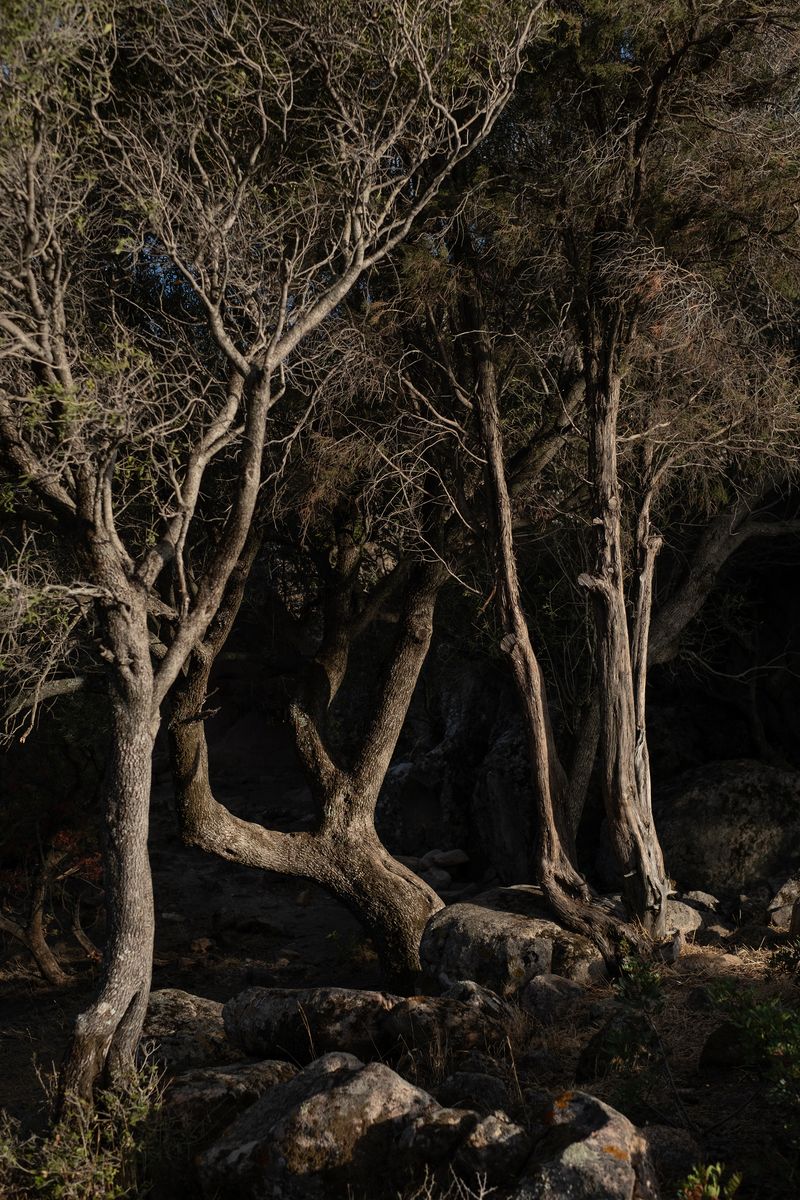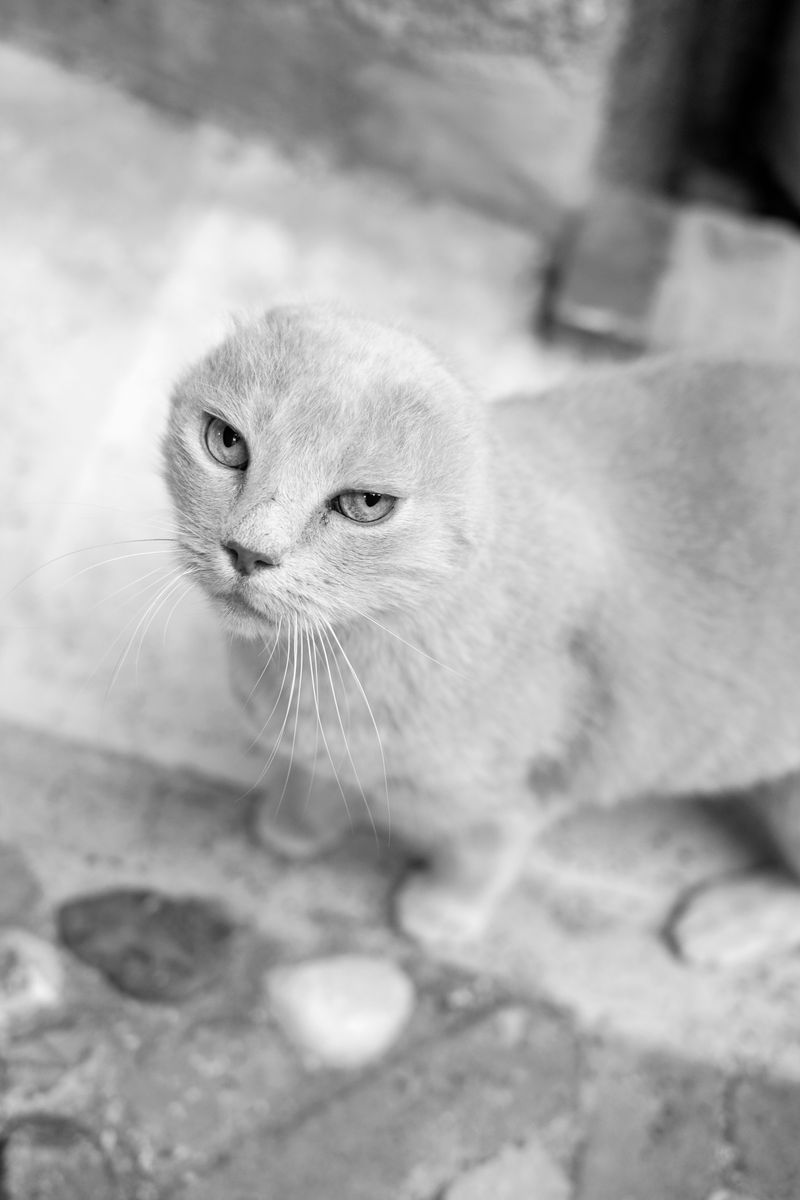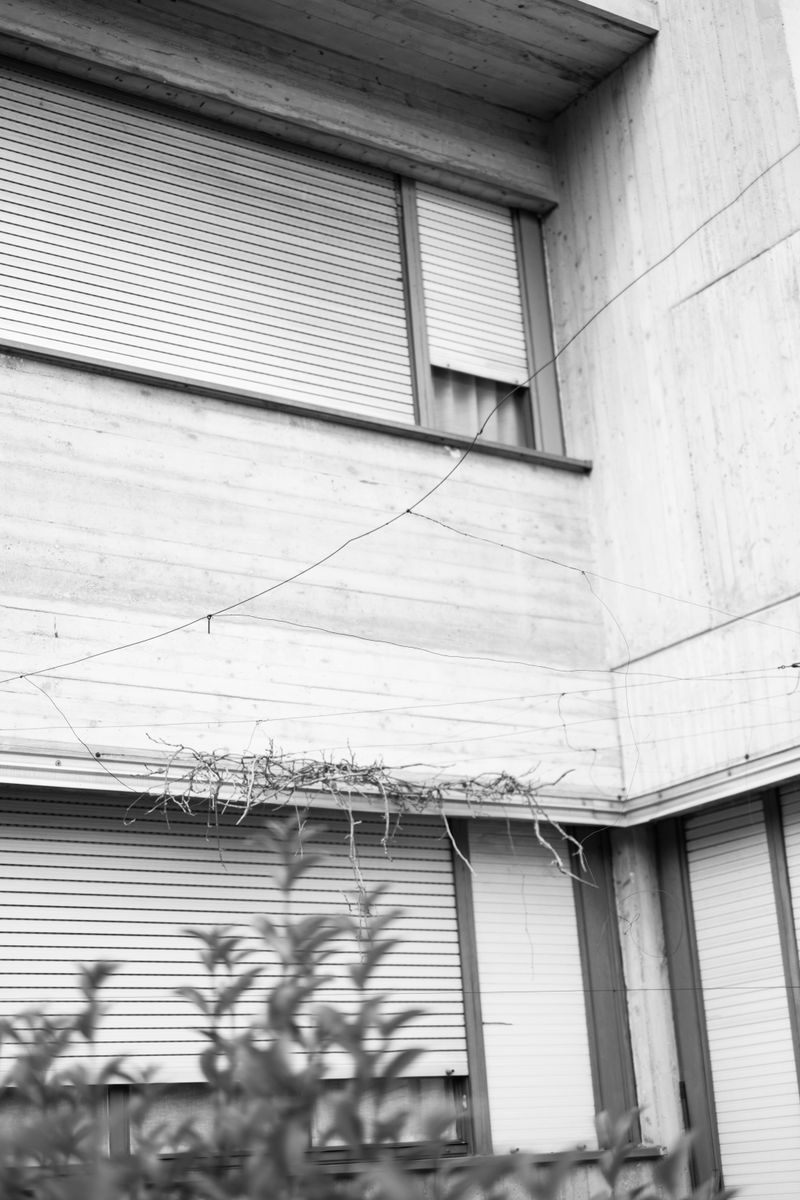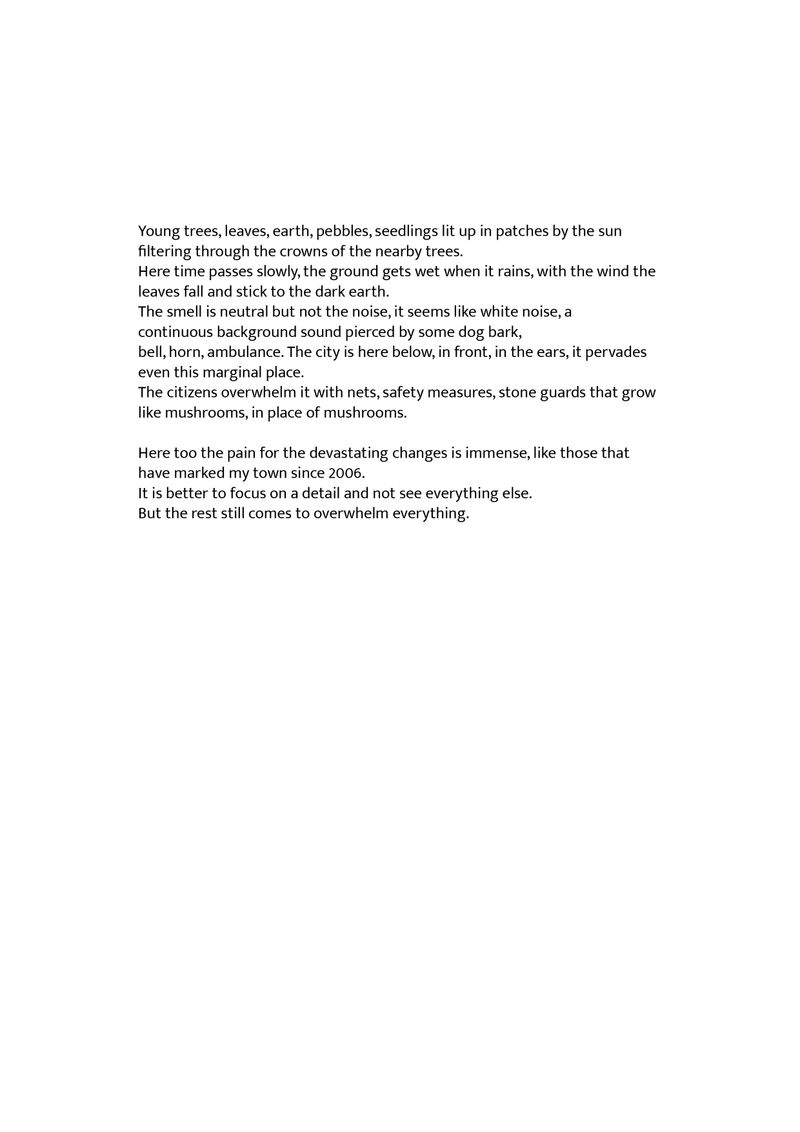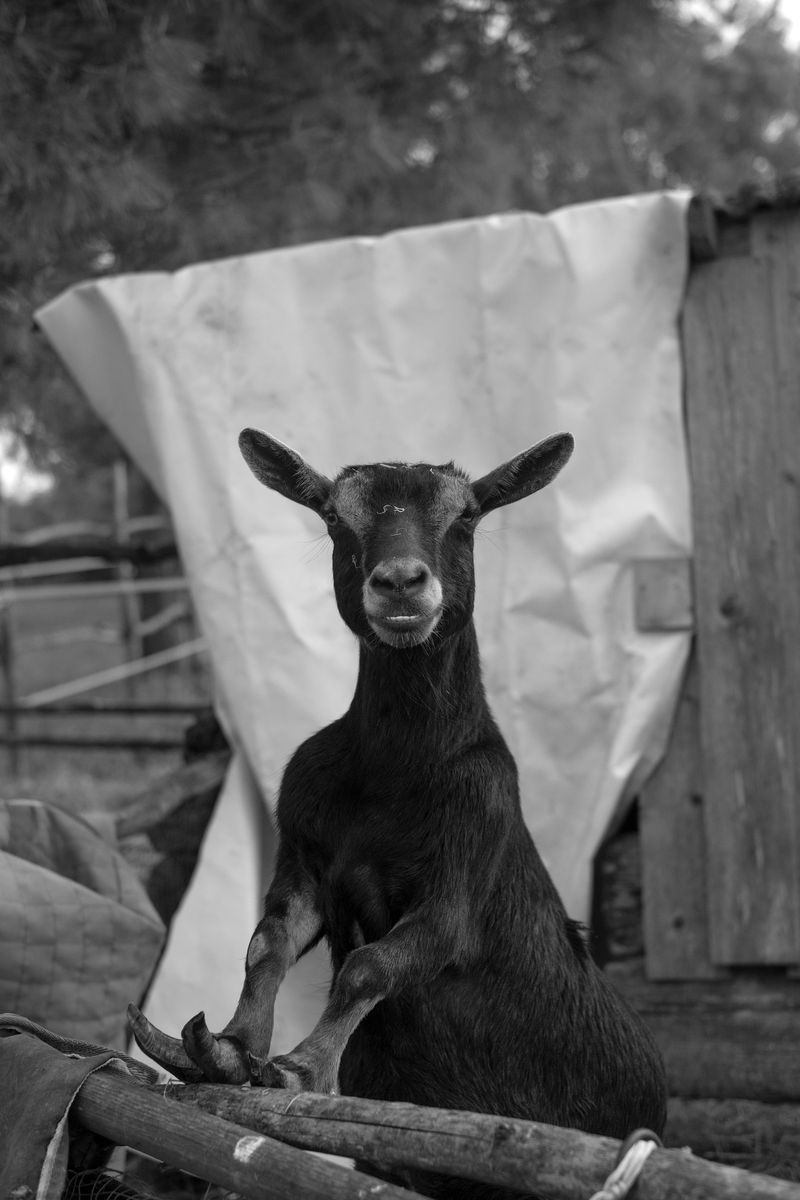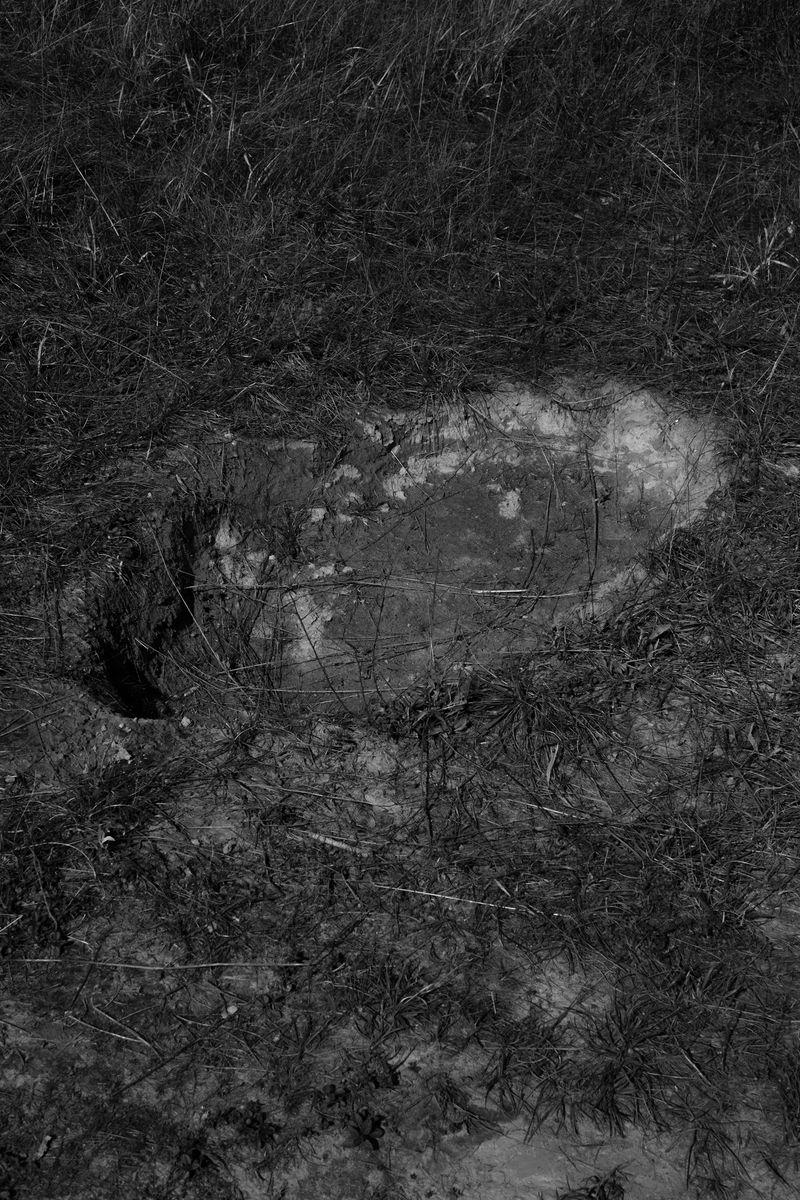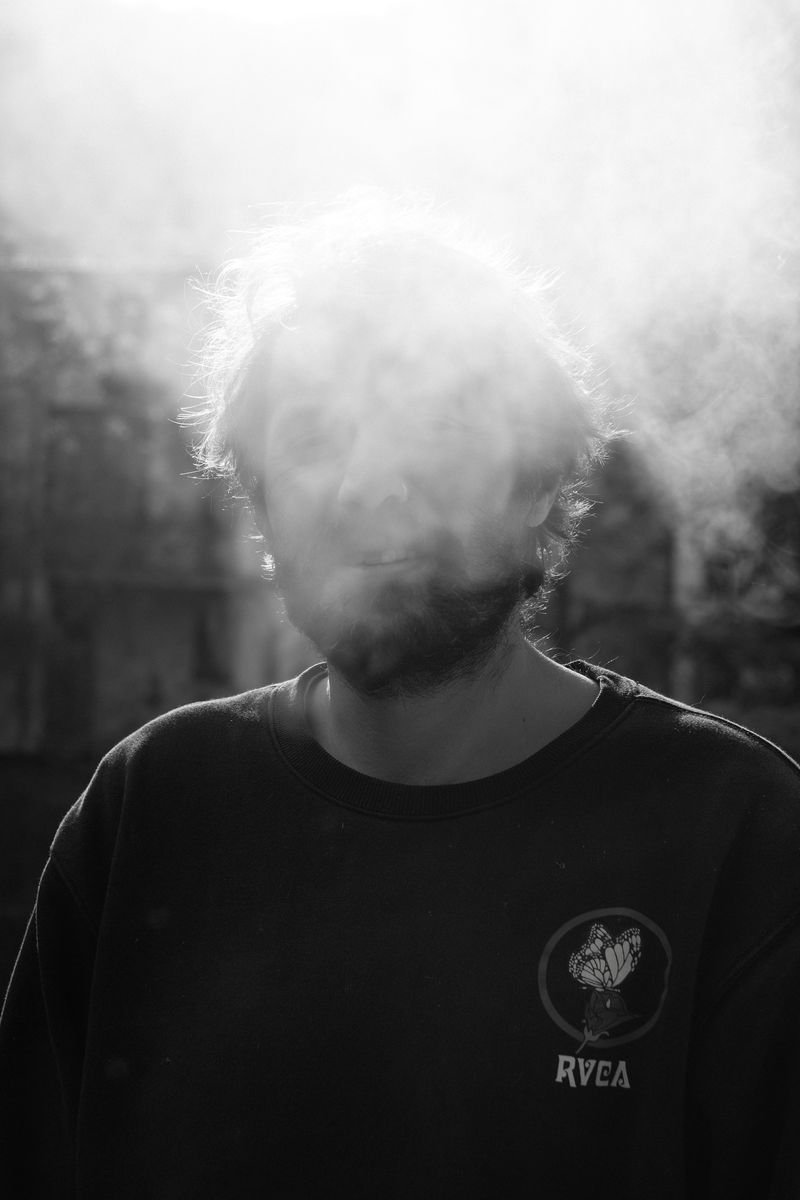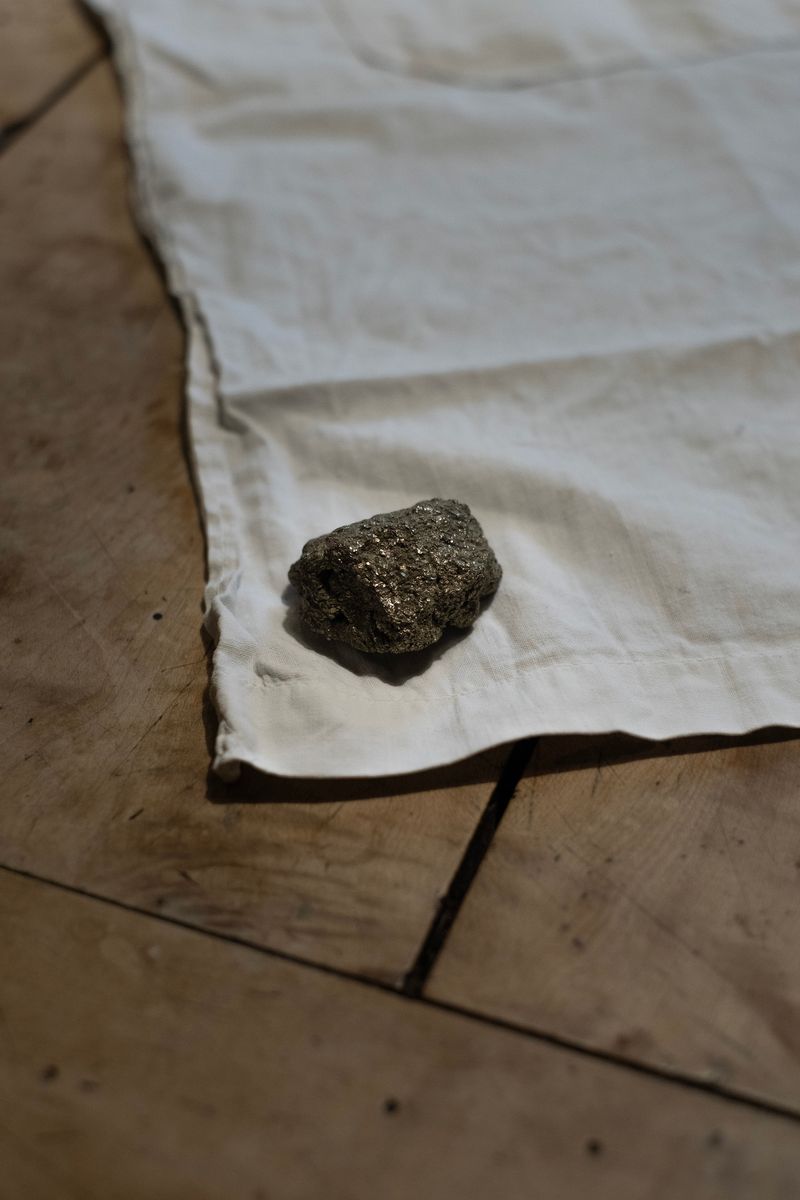Threshold
-
Dates2023 - Ongoing
-
Author
Chiara Pavolucci reimagines the margins as spaces of transition, resistance, and transformation. Through photography and collective exploration, she unveils places where stories, time, and nature intertwine, inviting new ways of seeing.
Chiara Pavolucci’s research investigates the notion of the margin as a space of transition, resistance, and potential. Through photography and both individual and collective exploration, the artist traces peripheral zones in search of narratives that escape dominant power structures—places where the wild, time, and personal stories coexist in a delicate tension between abandonment and resilience.
Rather than a limit, the edge becomes a metaphor for resistance: a threshold where different worlds meet, collide, and transform. It evokes liminal territories—peripheries, abandoned sites, third landscapes—where the overlooked finds new meaning. These are the spaces of those living in social or political precarity, of nomadic existence within a world ruled by private property. In a society obsessed with performance, they embody what is often dismissed as negligible yet holds the slowest and most vital part of ourselves.
Throughout the process, Pavolucci engages local communities, inviting residents to accompany her to the outskirts of the city. She believes that authentic stories of place can emerge only through shared experience. The resulting images arise from encounters, walks, and conversations—moments of exchange shaped within workshops that merge observation and dialogue. Accompanied by texts written collectively by participants, the work forms a polyphonic narrative rather than a singular viewpoint.
The project encourages viewers to slow down, to dwell, to reconsider their relationship with the edges—geographical, social, and emotional. Pavolucci invites us to see these zones not as sterile peripheries but as fertile grounds where change is already unfolding.
Through attentive observation and the creation of images and words, the artist moves along the subtle lines of everyday life, exploring interstitial spaces and questioning perception itself: How do you look, and what do you see when you look?
Echoing bell hooks, Pavolucci embraces a politics of position—an awareness that looking is never neutral. Her research begins with her own spatial positioning, re-educating the gaze toward new perspectives from which to imagine, create, and envision alternative worlds. It becomes a narrative born from encounters—an interweaving of movements, voices, and visions that together form a shared geography of experience.
*partners for the places in the selection: tmp collective, Ora Orobie residenze artistiche, Demetra associazione, C.U.R.A., Yanvii factory, Edizioni Brigantino.
*first text in the selection written by Liuba Scudieri
